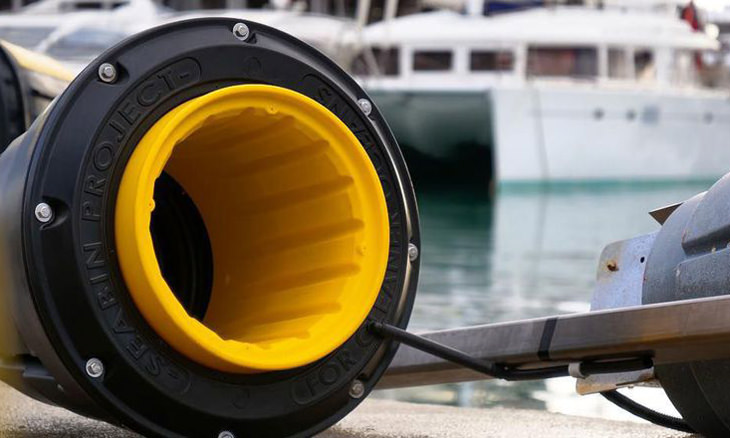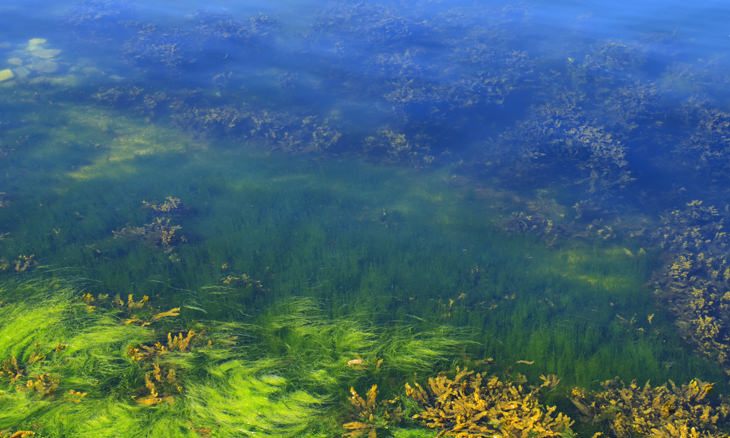
Recent studies have shown that over 9 million people die every year as a direct result of pollution. While very troubling, it seems the world IS gearing up to fight this phenomenon. There seemingly isn’t a day that goes by without news of some great new environmental innovation, but there’s still a ton of work to do to ensure the future of our planet for generations to come. Nevertheless, the stories below serve as examples of what can be achieved with ingenuity and determination, and give us a little hope for the future:
1. Bhutan has become the world’s first carbon-negative country

This tiny nation in the Himalayas actually removes more carbon dioxide from the atmosphere than it creates, making it the world’s first (and only) carbon-neutral country. This incredible feat was achieved as a by-product of a national policy developed by the king – Gross National Happiness. This policy was developed as part of an effort to make Bhutan the happiest country in the world.
Gross National Happiness is made up of four pillars, namely sustainable development, environmental protection, cultural preservation, and good governance. Examples of some of the green policies that are in effect in Bhutan include a law that 60% of the country’s landmass must remain as protected forest. Tourists also pay a small fee that goes toward its sustainable development when they visit.
Mass afforestation projects have contributed greatly to Bhutan’s ability to swallow up carbon, but its leaders are even more ambitious. They’re aiming to make food production in the country 100% organic by 2020, as well as aiming for zero net greenhouse gas emissions and zero waste by 2030. Last but not least, all of Bhutan’s cars will all be electric at some point in the near future.
2. New “Seabin” invention can clean plastic out of the ocean

The problem with plastic is that it can take up to 1,000 years to decompose. Humanity is currently producing some 300 million tons of the stuff every single year, with most of it being for single use. No less than 8 million tons of plastic end up in the world’s oceans each year, and there’s no sign of that slowing down anytime soon.
A UK-based organization has decided to do something about the problem so it came up with the Seabin, which is a device that collects plastics of all sizes from the ocean. It can even collect oil, and the first Seabin has already been installed in the UK’s Portsmouth Harbor.
The Seabin is the size of a trashcan and is made of a large fiber net. It’s connected to a pump that’s set up on a dockside, creating a flow of water that sucks in any surrounding trash. Each bin can pull out 3.3lbs of plastic per day. Although that doesn’t seem like much, that can add up to half a ton of debris per year, which is the equivalent of 20,000 bottles, or 83,000 plastic bags.
3. Humble algae could be the savior of coral reefs

Algae has existed on Earth for billions of years, outliving trilobites, the dinosaurs and hundreds of thousands of other species. It exists in many different forms, from living inside the bodies of other creatures to growing in weird shapes and forms.
Coral reefs actually evolved in tandem with algae. Coral microorganisms slowly form hard shells around themselves and after hundreds of thousands of years, they become a beautiful, homogenous mass. Sadly, the world’s coral reefs are facing a devastating problem, namely coral bleaching, which occurs as a result of pollution and rising ocean temperatures.
Nevertheless, there are some scientists that emphasize the role of algae in the development of healthy reefs. Modern coral reefs actually have a relationship with a symbiotic strain of red algae that helps them to pull in sunlight and convert it into a supply of energy.
It’s hoped that algae could one day be farmed in order to help coral reefs pull through the bleaching phenomenon, eventually rehabilitating them in their entirety.
Content and image sources: 1, 2, 3
Remaining images by Deposit Photos.